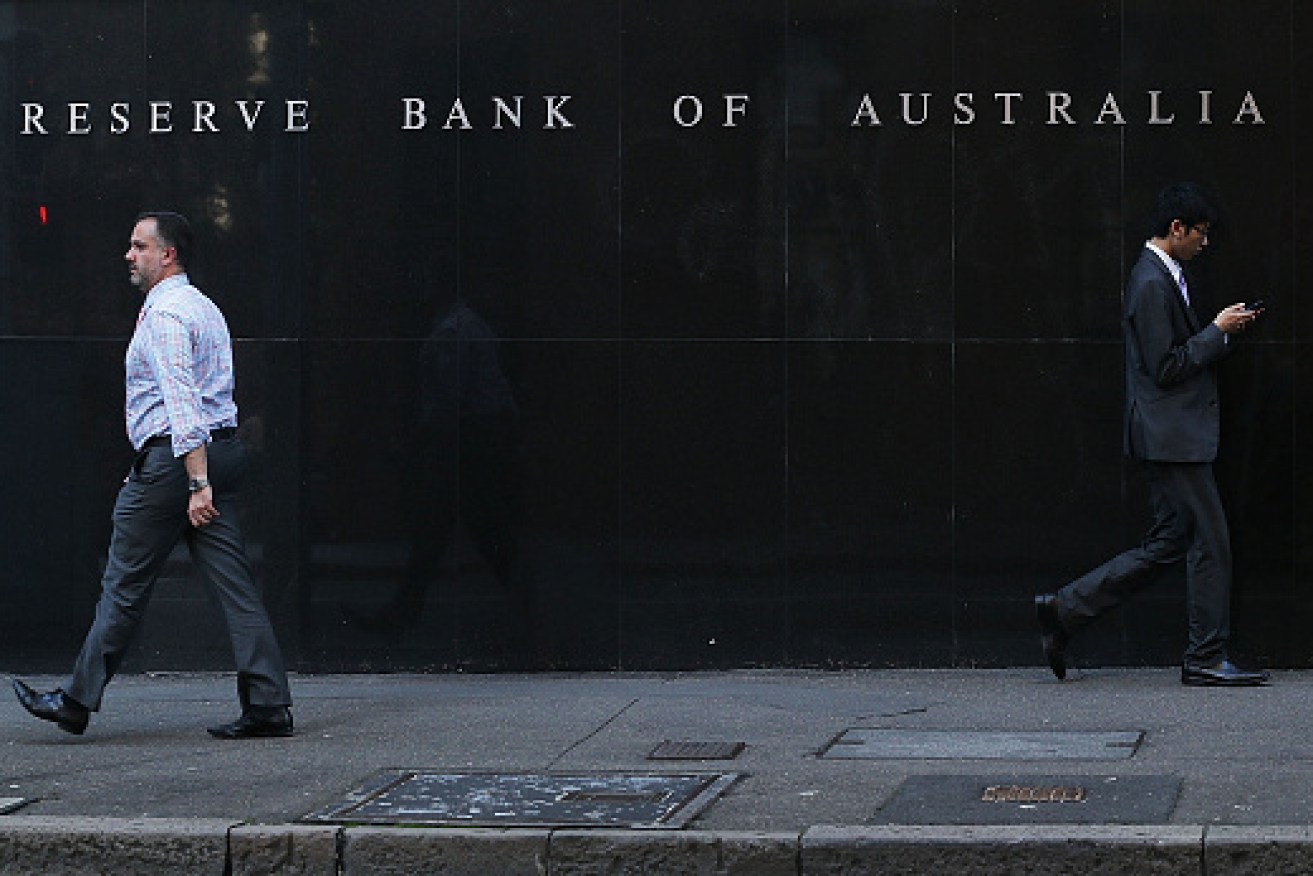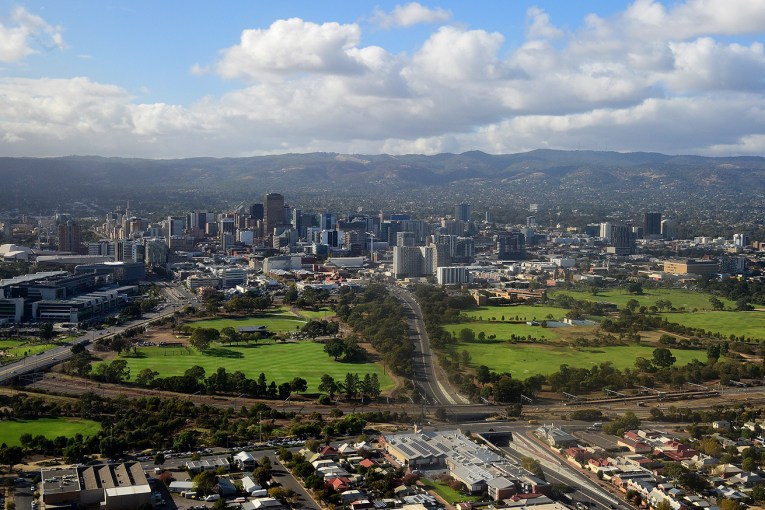What to expect from interest rates in 2017

A prominent fear is that government spending will add fuel to the inflationary fire, encouraging Reserve Bank to implement more interest rates hikes. Photo: Getty
If the Reserve Bank is reluctantly forced to push rates even lower in 2017 we could all suffer as a result, an economist has warned.
At its December meeting, Australia’s central bank struck what many interpreted as a ‘hawkish’ tone — a fancy way of saying it sounded unwilling to cut.

Some big decisions await the RBA board, headed by Governor Philip Lowe, in 2017. Photo: Getty
“Over recent years the Board had sought to balance the benefits of lower interest rates in supporting growth and achieving the inflation target with the potential risks to household balance sheets. Members recognised that this balance would need to be kept under review,” the board agreed, according to minutes published this week.
The “potential risks” is household debt, which has ballooned in recent years because of ultra-low rates.
The snag is that the official cash rate, on hold at 1.5 per cent since August, might be forced lower by subdued jobs growth and Australia’s economic contraction, which may weigh on inflation in the new year.
“We might see a little more weakness in the labour figures into 2017, and if that were to be the case, I think that really risks the RBA needing to act,” IFM investors chief economist Dr Alex Joiner told The New Daily.
Hawks, doves and chickens
When the Reserve Bank returns in February, after the traditional January break, many experts predict it will opt to leave rates alone (play ‘chicken’) for several months, perhaps the whole year.

‘Doves’ want lower rates, ‘hawks’ higher, and ‘chickens’ are content to do nothing. Photos: Getty
A ‘hawkish’ outlook would mean the bank is considering lifting rates. Because the RBA interest rate is at an all-time low, economists have been talking for some time of an eventual rise.
But the recent dismal jobs figures suggest the RBA won’t want to match the US Federal Reserve’s recent decision to lift rates for only the second time in a decade.
What Dr Joiner fears is a ‘dovish’ outlook: a preference to cut. The RBA’s hand could be forced by the Australian economy suffering its worst performance since the 2008-09 global financial crisis, and MYEFO’s poor outlook for workers.
If a struggling labour market weighs on inflation (as fewer workers have disposable income to spend) and the RBA is forced to go lower before it goes higher, then the risks to the economy will be heightened, Dr Joiner said.
“Household debt is continuing to rise in excess of income growth, and that’s not a good thing. It pushes a risk down the track that when interest rates do eventually rise, that creates problems for households.”
So while lower rates theoretically help borrowers with variable loans by keeping down repayments, they might also tempt more Australians into the market, right before rates go up.
Low rates = high prices
Former RBA governor Glenn Stevens warned back in 2012 that using ultra-low rates to cleanup after the global financial crisis could bring “its own toxic consequences”.

Ex-governor Glenn Stevens was well aware of the risks of prolonged ultra-low rates. Photo: AAP
He was referring to the propensity for the prices of assets, especially real estate, to rise as rates fall. This is known as the ‘search for yield’, where low rates erode returns, forcing investors to borrow more and more to bid for increasingly in-demand investments.
The OECD, a global organisation that promotes economic development, warned in late November that low rates posed a substantial risk to Australia’s property market.
“Despite the employment of macro-prudential measures to cool the housing market, the net gain from monetary easing has narrowed. Significant housing market concerns remain and there is growing discord between financial market developments and rest of the economy due to the low interest rate environment.”
The OECD predicted that Australia’s central bank would not cut rates further, and would instead lift rates towards the end of 2017, which it said was necessary to “unwind tensions” in the property market.
But it could still happen, according to Westpac senior economist Andrew Hanlan. “If the next move was to occur, it’ll probably be down, I think,” he told reporters in early December.
Ultra-low rates do not just make it harder to buy a house. They are factored into the valuations of many other asset classes.
This is why rental yields and bond yields are extremely low, shares in most major economies are near their highest valuations relative to expected earnings for many years, and why stashing your money in a term deposit will get you next to nothing.
‘We need fiscal stimulus’
Soft GDP figures from around the world, including Australia, underscore how difficult it is for monetary policy alone to drive the global recovery, Dr Joiner said.

Construction workers will need somewhere to go if residential construction slows down in 2017, Dr Joiner says. Photo: Getty
Despite huge monetary policy stimulus, businesses have been reluctant to change behaviours and private investment remains relatively subdued.
Many analysts, including Dr Joiner, predict that the current upswing in residential construction will inevitably fade, potentially in late 2017, dampening economic activity and putting many workers out of jobs.
“My argument is that we should be investing in infrastructure so these construction workers will have a logical place to go — back into a civil or heavy construction cycle.
“Where they won’t get jobs is where the jobs have been growing recently, which is in the household services sectors: healthcare, education, cafes, those sorts of things. I don’t think construction workers want, or are qualified, to go into those.”








